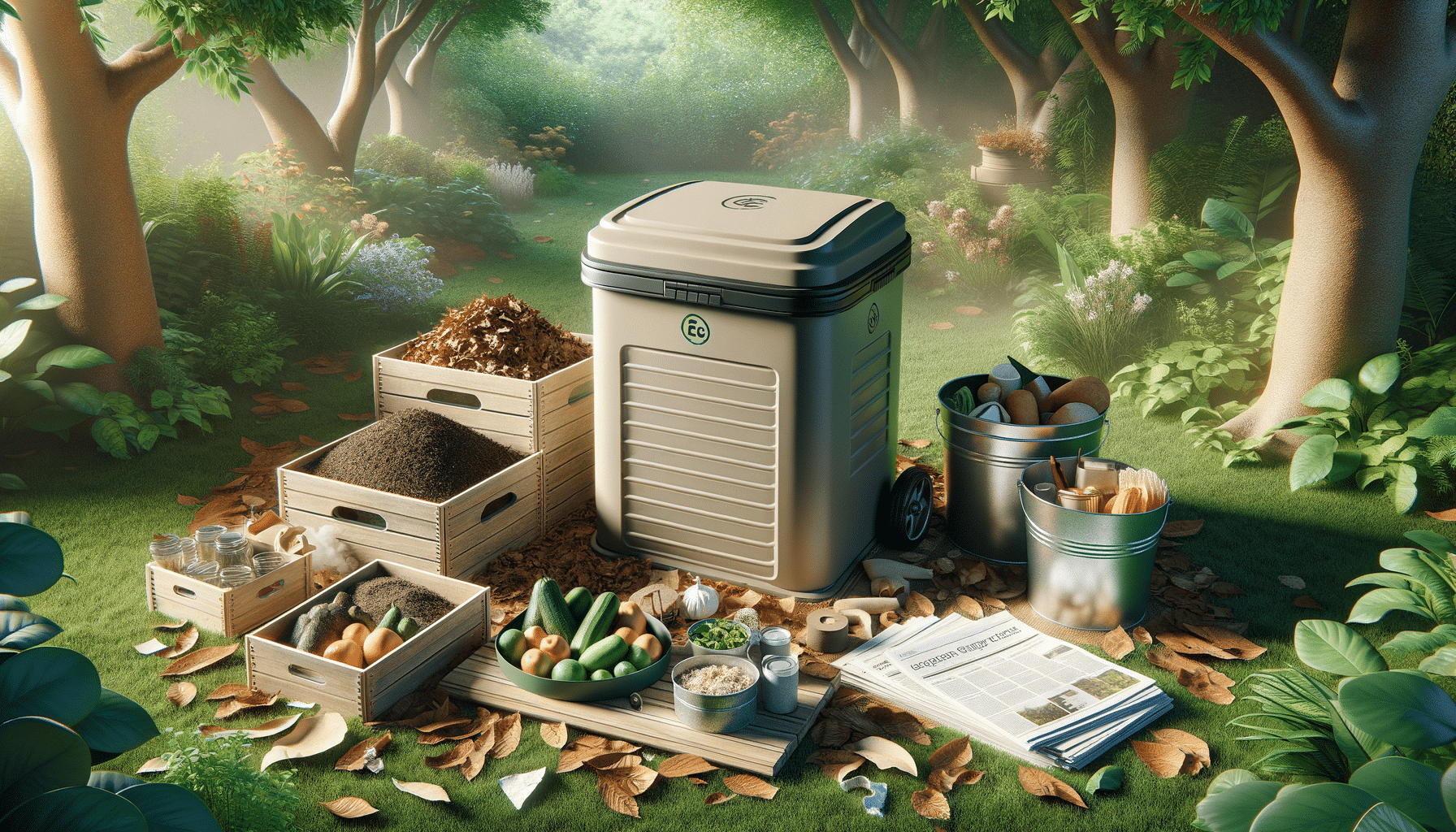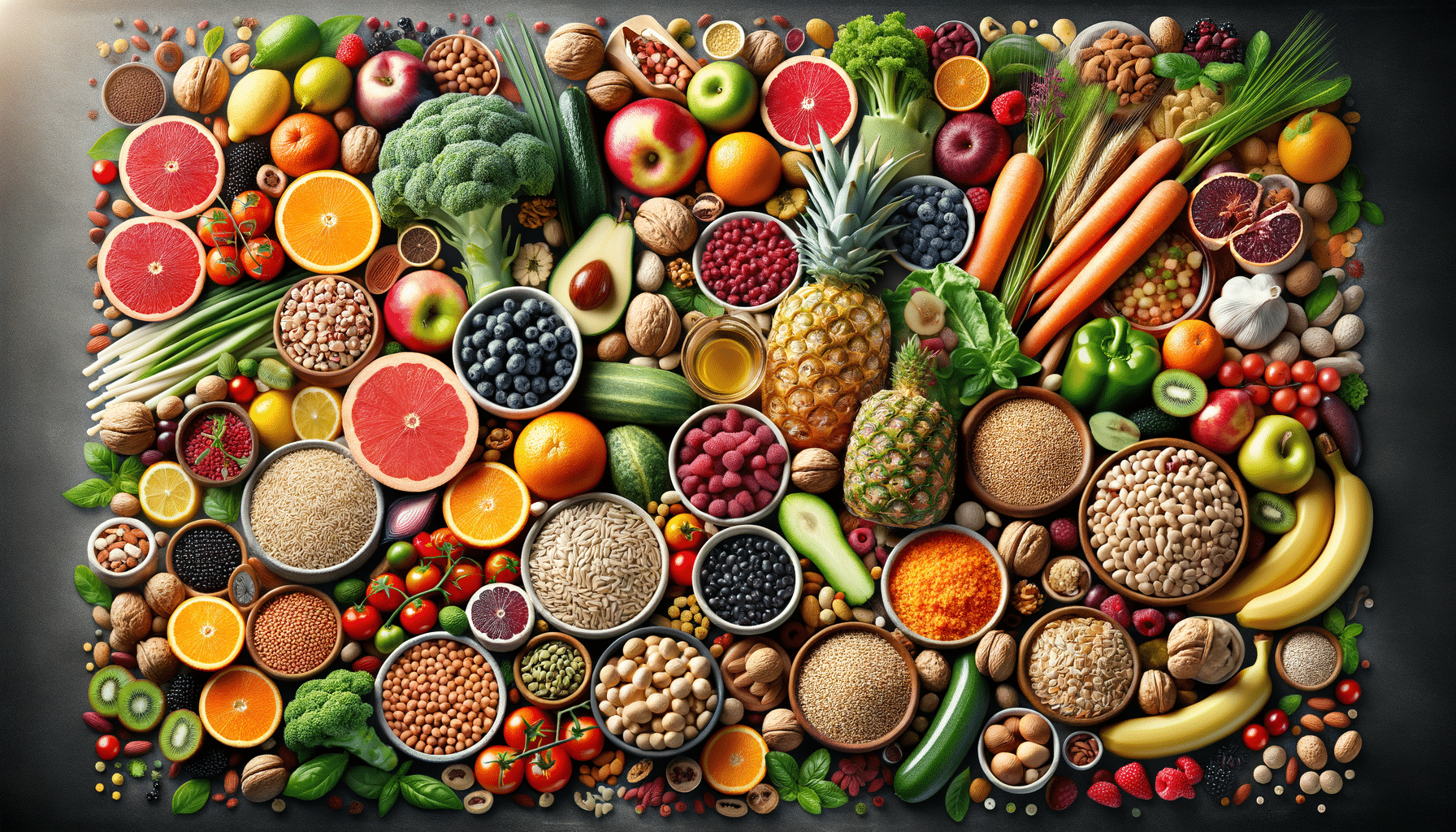
Home Composting Tips: How to Start and Maintain a Successful Compost Bin
Introduction to Home Composting
Home composting is an environmentally friendly practice that transforms kitchen scraps and yard waste into valuable compost. This process not only reduces the amount of waste sent to landfills but also enriches garden soil, promoting healthier plant growth. As urban spaces grow and environmental concerns rise, more individuals are turning to home composting as a sustainable solution. Understanding the basics of composting can help you set up a successful compost bin at home, leading to a more sustainable lifestyle.
Choosing the Right Composting System
When starting a composting journey, selecting the appropriate system is crucial. There are several types of composting systems, each with its unique benefits. For instance, a simple backyard pile is easy to maintain and ideal for those with ample outdoor space. Alternatively, a compost tumbler is a popular choice for urban dwellers due to its compact design and efficiency. Consider the following factors when choosing your system:
- Space availability: Assess the amount of space you can dedicate to composting.
- Volume of waste: Estimate the amount of organic waste your household generates.
- Time commitment: Decide how much time you can allocate to managing the compost.
By evaluating these factors, you can choose a system that fits your lifestyle and ensures successful composting.
Understanding What to Compost
Knowing what materials to add to your compost bin is essential for creating nutrient-rich compost. The key is to maintain a balance between green and brown materials. Green materials, such as fruit and vegetable scraps, coffee grounds, and grass clippings, provide nitrogen. Brown materials, including dried leaves, straw, and cardboard, supply carbon. A balanced mix of these elements promotes microbial activity, which is vital for breaking down organic matter.
- Green materials: Vegetable peels, fruit scraps, coffee grounds, and fresh grass clippings.
- Brown materials: Dried leaves, shredded paper, straw, and small branches.
Avoid adding meat, dairy, and oily foods, as these can attract pests and create odors. By understanding what materials to use, you can enhance the quality of your compost and support a healthy decomposition process.
Maintaining Your Compost Bin
Once your compost bin is set up, regular maintenance is necessary to ensure efficient decomposition. Aeration is crucial, as it facilitates the breakdown of organic matter by microorganisms. Turning the compost pile every few weeks introduces oxygen, accelerating the composting process. Additionally, monitoring moisture levels is important. The compost should be as damp as a wrung-out sponge. If it’s too dry, add water; if too wet, incorporate more brown materials to absorb excess moisture.
Regularly checking the temperature of your compost can also provide insight into its progress. A healthy compost pile will generate heat as microorganisms break down the materials. By maintaining your compost bin diligently, you can produce high-quality compost in a matter of months.
Utilizing Finished Compost
Once your compost has matured, it’s time to reap the benefits. Finished compost is dark, crumbly, and has an earthy smell. This nutrient-rich material can be used to enrich garden soil, providing essential nutrients for plant growth. Spread compost around the base of plants, mix it into garden beds, or use it as a top dressing for lawns. Compost can also be used in potted plants, improving soil structure and water retention.
By utilizing your finished compost, you close the loop in your sustainability efforts, reducing waste and enhancing your garden’s health. Home composting not only benefits the environment but also supports a thriving garden ecosystem.


